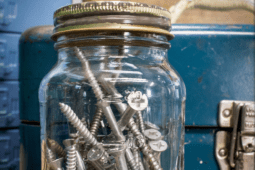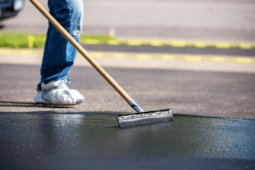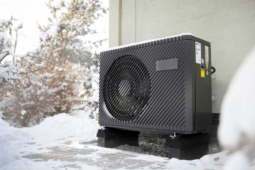What Is PVA Glue: A Comprehensive Guide of Its Uses
Embarking on a DIY project can be both exciting and challenging. Whether you’re a seasoned DIY enthusiast or just starting out, understanding the characteristics of PVA glue is essential for achieving successful results in your projects.
In this comprehensive guide, we will provide you with an insight into the world of PVA glue, exploring its composition, types, advantages, and tips for effective application. Get ready to unlock the full potential of PVA glue in your DIY adventures!
Understanding PVA Glue
PVA glue, also known as polyvinyl acetate glue, is a versatile adhesive that finds its place in various crafts and woodworking projects. Composed of polyvinyl acetate and water, PVA glue forms a strong bond when applied to a surface. As the water evaporates, the glue creates a durable connection between materials such as wood, paper, fabric, and more.
Exploring Different Types of PVA Glue
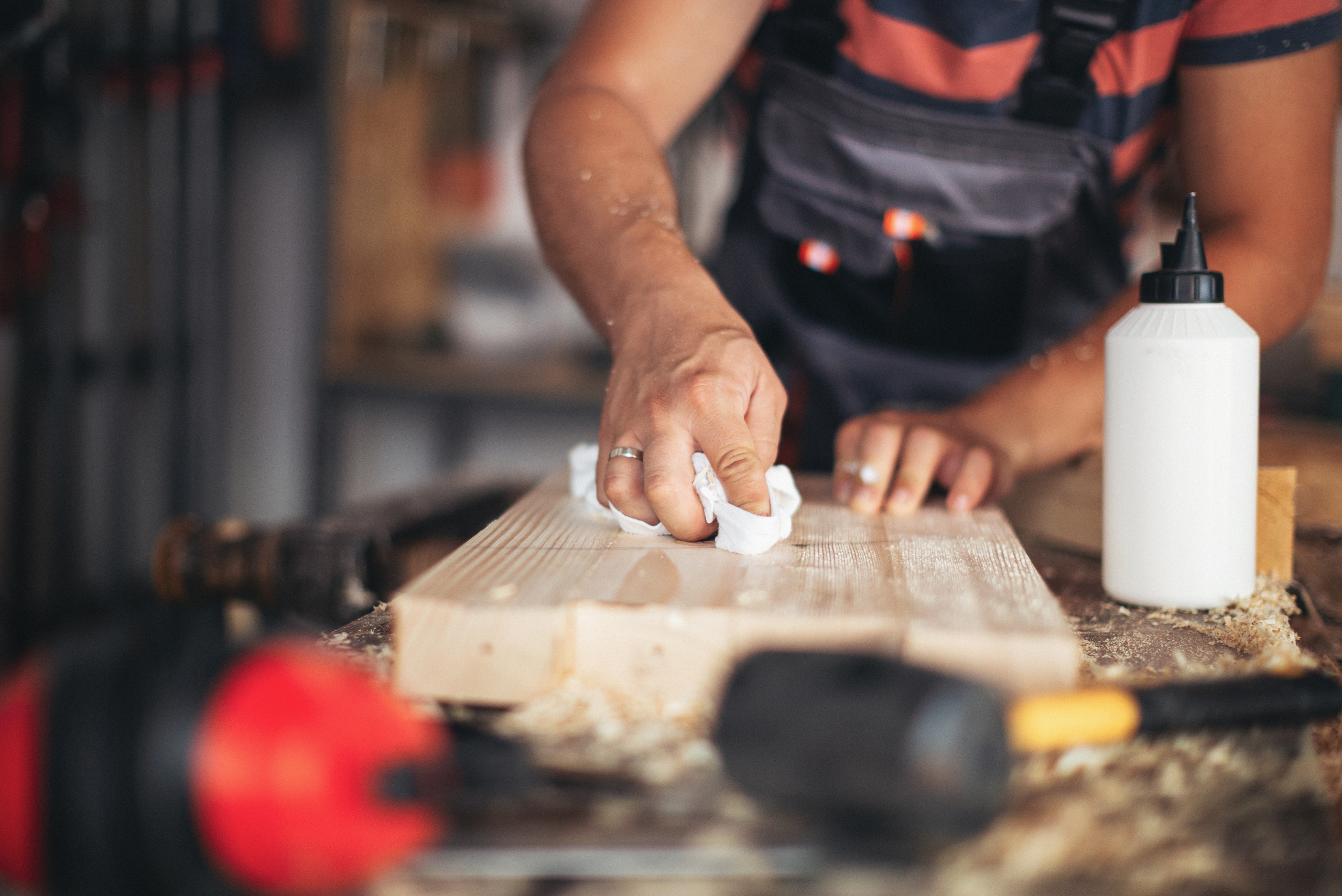
Not all PVA glues are created equal. There are different types of PVA glue available, each designed for specific applications. White PVA glue is a general-purpose adhesive that is perfect for woodworking and papercrafts. It dries clear and can be easily sanded, ensuring a seamless finish. On the other hand, yellow PVA glue is specially formulated for woodworking and carpentry projects. It offers a stronger bond and is more resistant to moisture, making it ideal for outdoor projects or those that require extra durability.
The Perfect Companion for Paper Crafts and School Projects
If you’re into paper crafts or need to assist your kids with their school projects, PVA glue is your best friend. Its ability to provide a strong bond without damaging delicate materials makes it a popular choice among crafters. From scrapbooking to creating papier-mâché sculptures, PVA glue is a versatile adhesive that brings your artistic visions to life.
A Must-Have for Woodworking and Carpentry
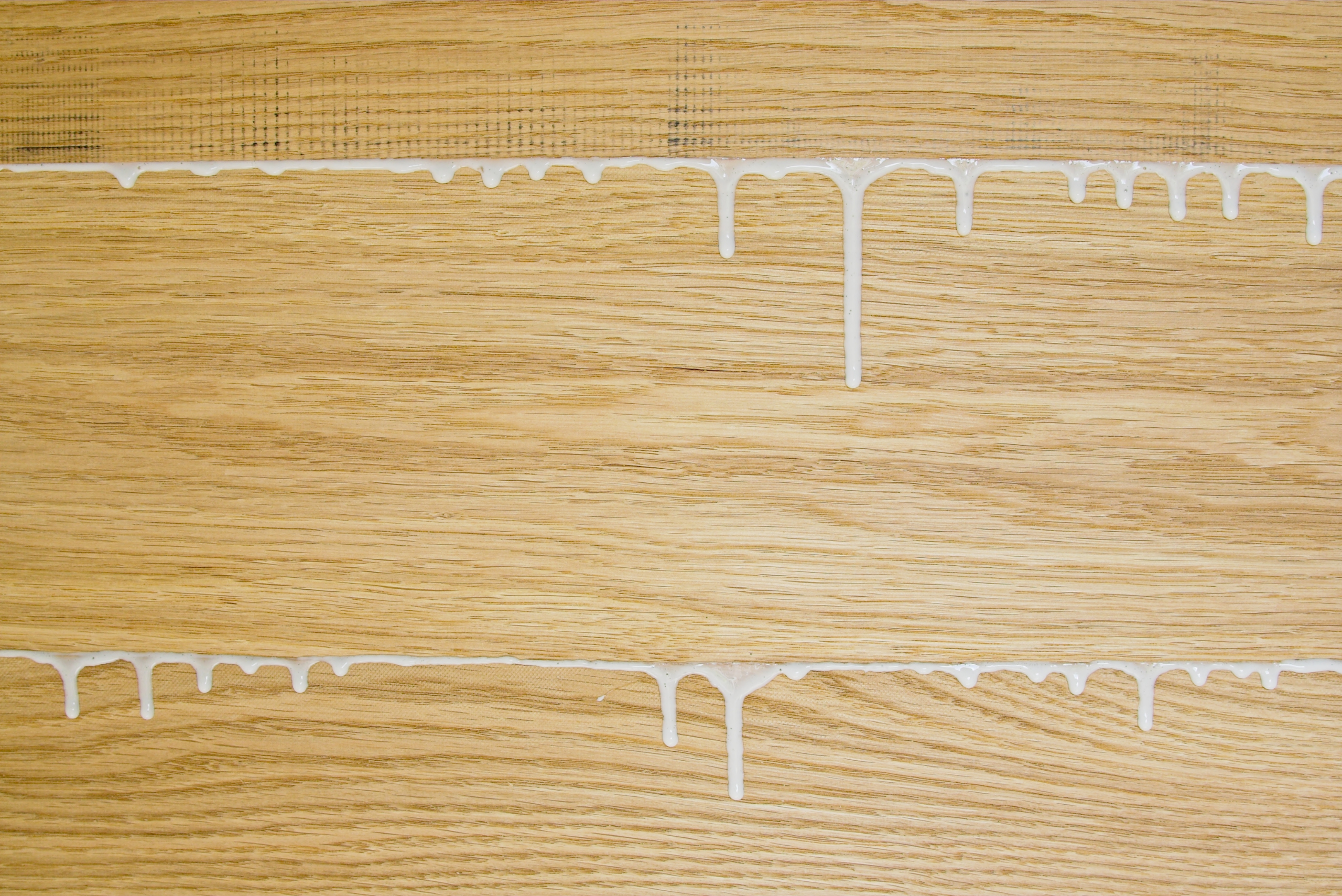
Woodworking and carpentry projects often rely on the strength and durability of PVA glue. Whether you’re joining pieces of wood together or filling gaps and cracks, PVA glue is your go-to adhesive. Its ability to create a strong bond ensures that your woodworking projects stand the test of time.
The Advantages of PVA Glue: More Than Just an Adhesive
PVA glue offers numerous advantages that make it a preferred choice for DIY enthusiasts. One of its key benefits is its non-toxic nature, making it safe for use in various settings, including schools and homes. Unlike some other adhesives, PVA glue does not emit harmful fumes and can be easily cleaned up with water. Additionally, PVA glue is incredibly versatile, capable of bonding a wide range of materials, from wood to fabric and even certain plastics. Its ease of application and affordability make it a go-to choice for professionals and DIY enthusiasts alike.
Mastering the Art of Using PVA Glue Effectively
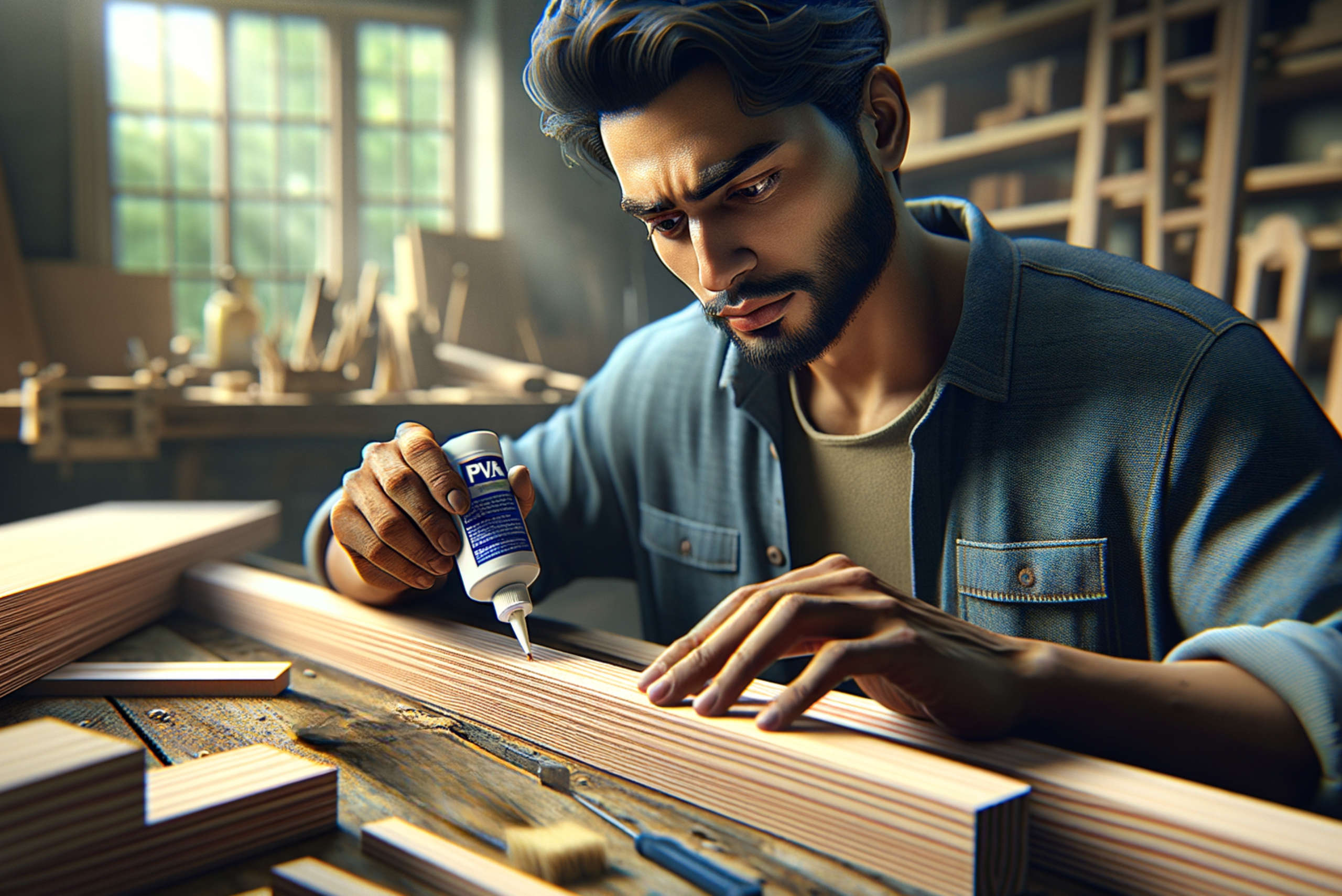
To make the most of PVA glue, it’s important to store it properly and understand its shelf life. PVA glue should be stored in a cool, dry place away from direct sunlight. Sealing the container tightly after each use prevents the glue from drying out. When applying PVA glue, ensure that both surfaces are clean and free from dust or debris. Apply a thin, even layer of glue using a brush or roller, and then press the surfaces together firmly. For larger projects, consider using clamps or weights to hold the pieces in place until the glue dries completely.
Frequently Asked Questions
Is PVA glue the same as Elmer’s glue?
Elmer’s glue can be a type of PVA glue, but not all Elmer’s glues are necessarily PVA glues, as they have different formulations for various applications.
What is the difference between PVA glue and normal glue?
PVA glue is a type of “normal” glue, and the term “normal glue” is quite broad. PVA glue, or white glue, is water-based and is known for its strong bonding capabilities, flexibility when dry, and non-toxic nature. Other types of “normal” glues could include glues based on different formulations, such as epoxy, cyanoacrylate (super glue), or polyurethane.
What is a substitute for PVA glue?
There are several substitutes for PVA glue, depending on the specific application. Some common alternatives include mod pudge, epoxy glue, or gel medium.
What is the compatibility of PVA glue with different materials?
PVA glue can be used on a variety of materials, including wood, paper, fabric, and certain plastics. However, it may not be suitable for bonding non-porous surfaces such as metal or glass. As for the drying time of PVA glue, it depends on factors like temperature, humidity, and the thickness of the glue layer. Generally, PVA glue takes around 24 hours to dry completely, but it’s advisable to wait at least 48 hours before subjecting the bond to any stress or pressure.
Other articles you might enjoy:
- How to Glue Anything to Anything
- Best Wood Types for DIY Furniture Projects: Pros and Cons
- 60 Easy DIY Pallet Projects and Ideas
PVA glue is not just an adhesive; it’s a gateway to endless creativity. Its versatility, non-toxic nature, and ease of use make it an essential tool for any DIY enthusiast. Whether you’re working on woodworking, paper crafts, or delicate projects, understanding how to effectively use PVA glue will help you achieve strong and long-lasting results. So, grab your PVA glue and let your imagination run wild in your next DIY adventure!



